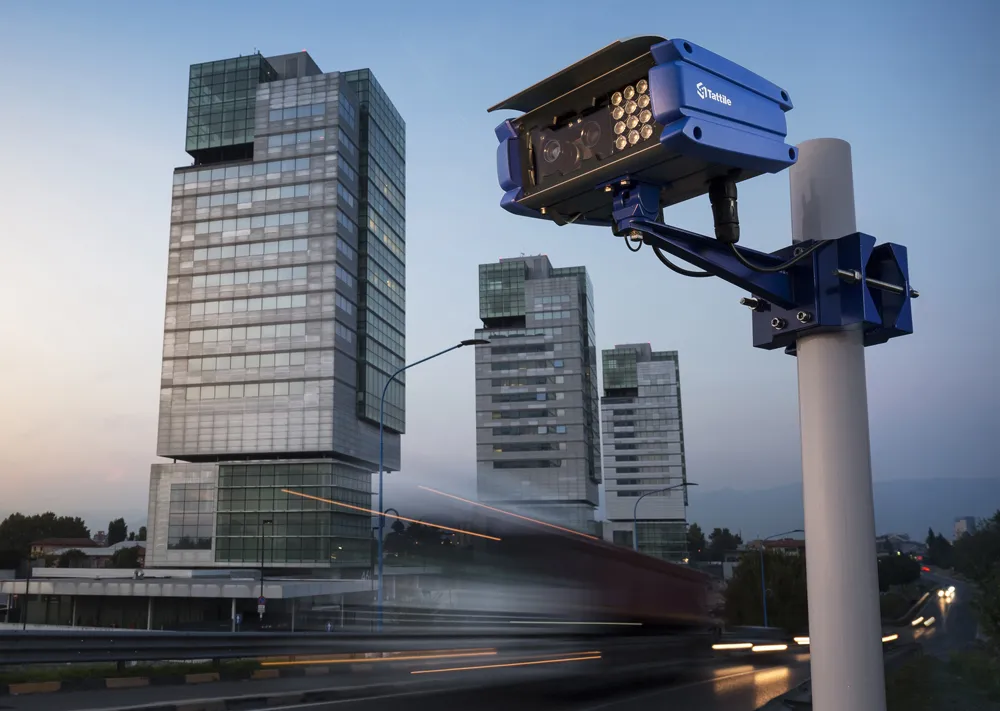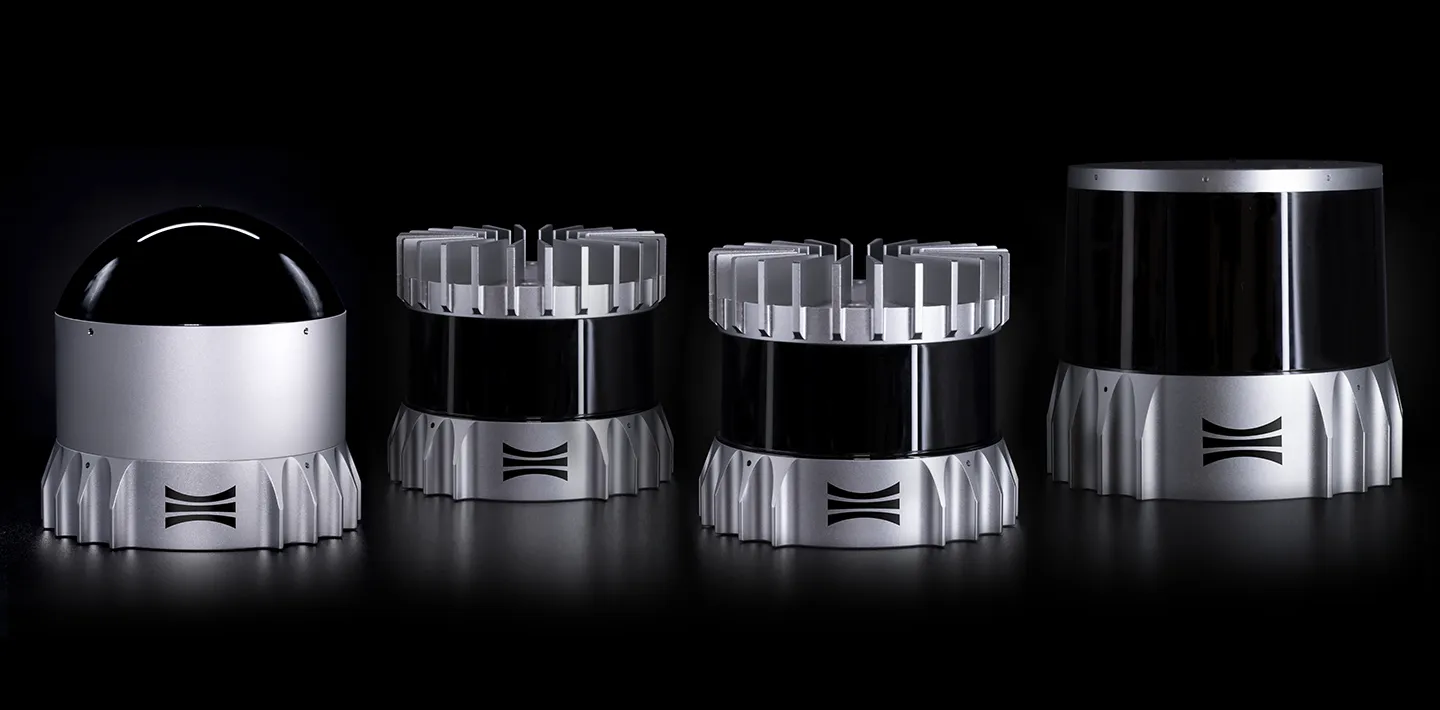
The Type 42 3DHD radar is the company’s new flagship product. It features improved performance: it now tracks 256 vehicles at a time, even on complex intersections; has lower power consumption and lower cost. smartmicro says that both the Stop Bar+ and Advance+ detection applications for intersection management and the Forward+ application for arterial management (traffic counting) are unmatched in performance. The company’s products are able to cover up to eight lanes with a range of up to 320 metres for passenger cars.
“Our technology is universal and unique at the same time,” says Christian Prieske, Business Development Manager at smartmicro. “On the one hand smartmicro products enable the widest field of view and longest range for advance detection of all competitors. On the other hand they have got the best stop bar and queue length performance, even in dense traffic. Our demo movie shows the high accuracy and reliability of our radars,” Prieske states.
With regard to speed and red light enforcement functions, smartmicro has released new software for its UMRR-0C radars which is now OIML-D11/R91 certified. Furthermore, the company has improved the Traffic Management Configurator (TMC) Easy Mode. Version 1.3 allows intersections and highways to be configured more easily than ever before.










